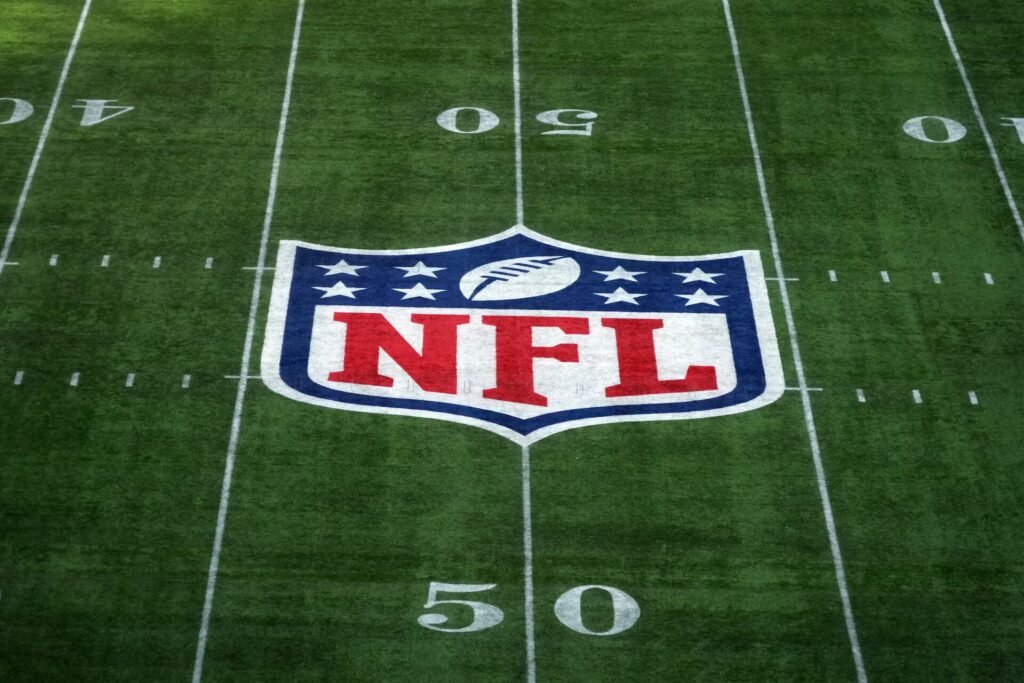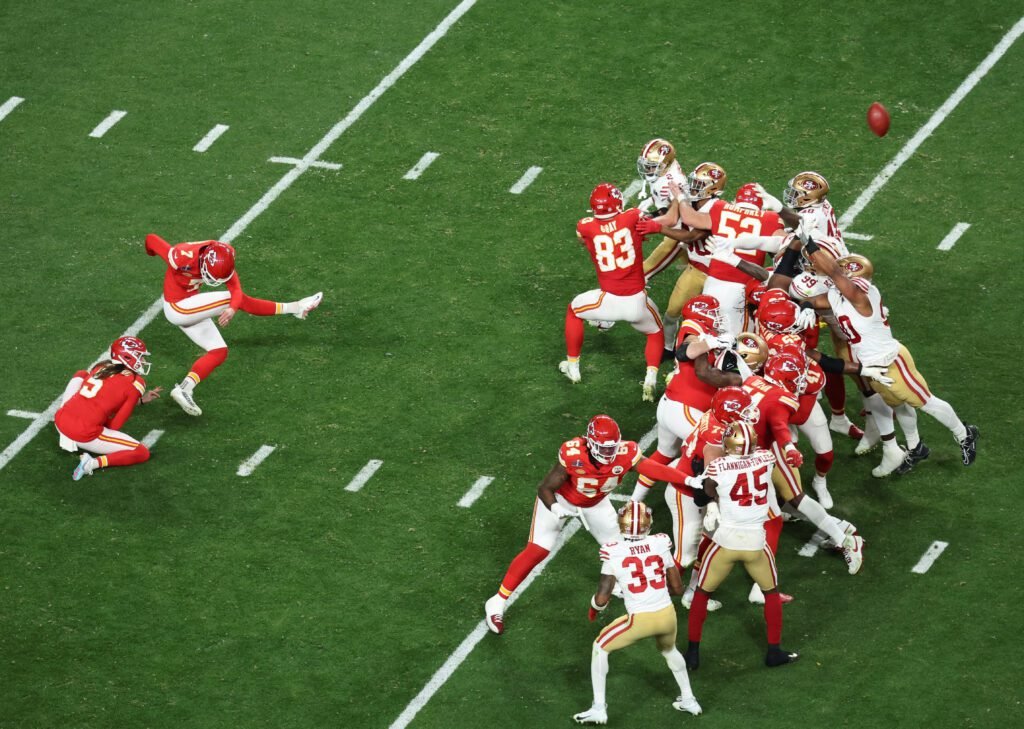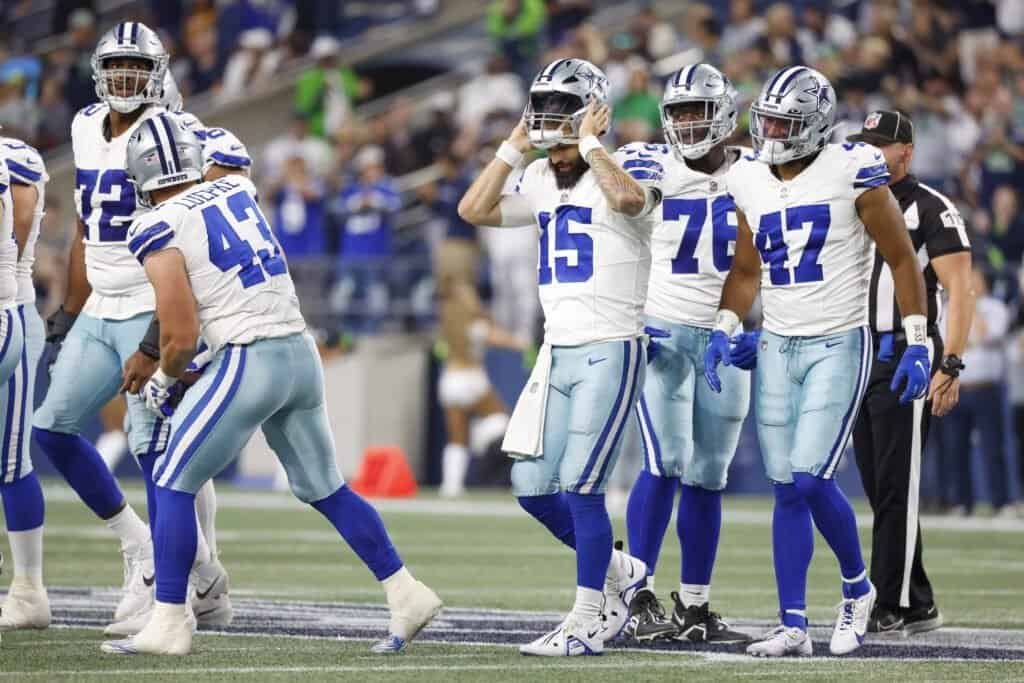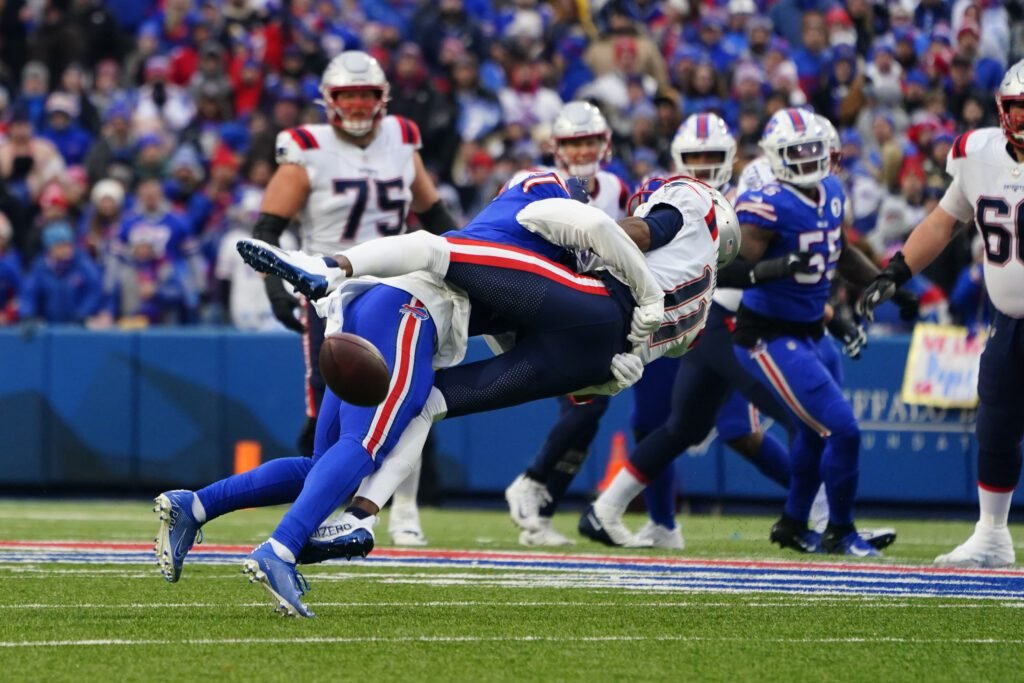The kick-off stands out as one of the most thrilling moments in NFL games, yet it also presents a significant risk of injury.

In a recent effort to preserve the game’s excitement while prioritizing player safety, team owners have sanctioned a set of alterations inspired by rules from their primary competitor’s playbook.
Revamping Kickoff Dynamics: New Rules Aim to Balance Excitement and Safety
At their yearly gathering, convened this year in Orlando, Florida, NFL owners greenlit adjustments proposed by a special teams coaches committee, closely mirroring the model employed by the XFL.
Primarily, the kickoff will still originate from the 35-yard line of the delivering team. However, alterations commence with the positioning of players: aside from the kicker, members of the kicking team will now line up at the 40-yard line of the opponent’s territory.
The receiving team will organize at least nine players within a designated “set up zone” spanning yards 30 to 35 of their territory. A maximum of two returners may position themselves in the designated “landing zone,” situated between the end zone and the receiving team’s 20-yard line.

Under the new rules, there will be no free catches permitted, and players are prohibited from initiating movement until the ball is airborne, excluding the kicker and designated returners. Touchbacks will be marked at the 30-yard line.
To execute an onside kick, the kicking team must inform the officials in advance, with spontaneous onside kicks disallowed under the revised regulations.
Objective of the Rule Adjustment
The objective of the rule adjustment is to align the kickoff more closely with the format utilized by the XFL during its initial years. During that period, the XFL boasted a remarkable return rate of 90%, a stark contrast to the NFL’s modest 21.7% return rate over the past 15 seasons.
Although the percentage of injuries during kickoffs decreased in recent years, specialists attribute this decline primarily to the reduced number of return attempts rather than any inherent safety improvements.
Just yesterday, the owners’ board took further measures by outlawing the hip drop tackle and endorsing alterations to the challenge rules. With these modifications to the kickoff, their aim is to rejuvenate a play that had regrettably devolved into little more than a routine turnover ceremony.
NFL Implements Ban on Hip-Drop Tackling to Prioritize Player Safety
The National Football League (NFL) has taken further steps toward enhancing player safety within the sport. On the morning of March 25th, Monday, the NFL Competition Committee unanimously voted to outlaw hip-drop tackling and institute severe penalties for teams found in violation.

Insiders Ian Rapoport and Tom Pelissero from NFL Network were the first to report this development. The Competition Committee had targeted this specific play for scrutiny, although the Players Association (NFLPA) voiced opposition to the ban, citing its impact on defensive strategies.
Presently, Article 18 of the NFL rules stipulates, “It is a foul if a player uses the following technique to bring a runner to the ground: (a) grabs the runner with both hands or wraps the runner with both arms; and (b) unweights himself by swiveling and dropping his hips and/or lower body, landing on and trapping the runner’s leg(s) at or below the knee.”
According to the rule, the offending team will incur a 15-yard penalty along with an automatic first down. These measures are designed to address the high frequency of injuries resulting from this style of play.
Debate Ensues Over Hip-Drop Tackle Ban
NFL Vice President of Football Operations Troy Vincent emphasized the necessity of banning the hip-drop tackle in a recent interview, stating, “The greatest asset for any athlete is durability and availability. When you have a play that has a 20-25 times the injury rate, it doesn’t allow you to fulfill your dreams.”

Contrary to the league’s stance, the NFL Players Association (NFLPA) firmly opposed the implementation of a rule prohibiting the swivel hip-drop tackle. The union reiterated its commitment to player health and the evolution of the game but refused to support the new rule, expressing concerns about potential confusion among players, coaches, officials, and fans.
Responding to these concerns, Rich McKay, president of the Competition Committee, acknowledged the challenge in implementing the rule, stating, “Do we have a problem? The answer was yes. This will be a hard one to call on the field. You have to see every element of it. We want to make it a rule so we can deal on the discipline during the week.”
In addition to addressing the hip-drop tackle issue, the Competition Committee also approved changes to the rule regarding challenges to referee decisions. Previously, a team had to win both of its challenges to earn a third challenge. However, with the rule modification, a team will now only need to win one of its two initial challenges to be granted an additional challenge.



[…] NFL Takes Inspiration from XFL Rule Book To Bring Back Excitement To Kickoff […]